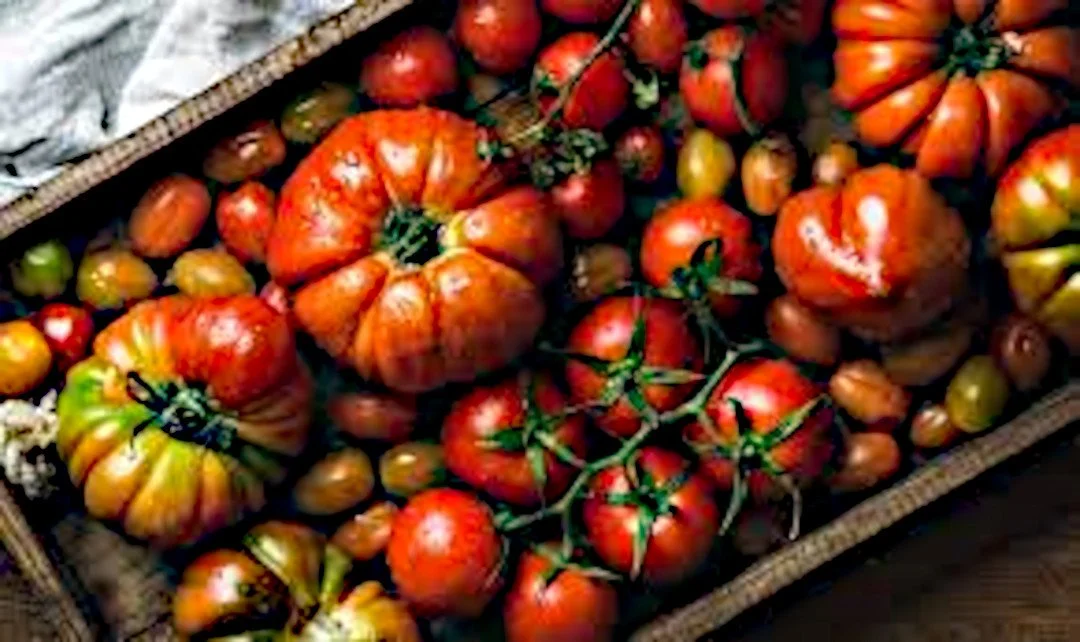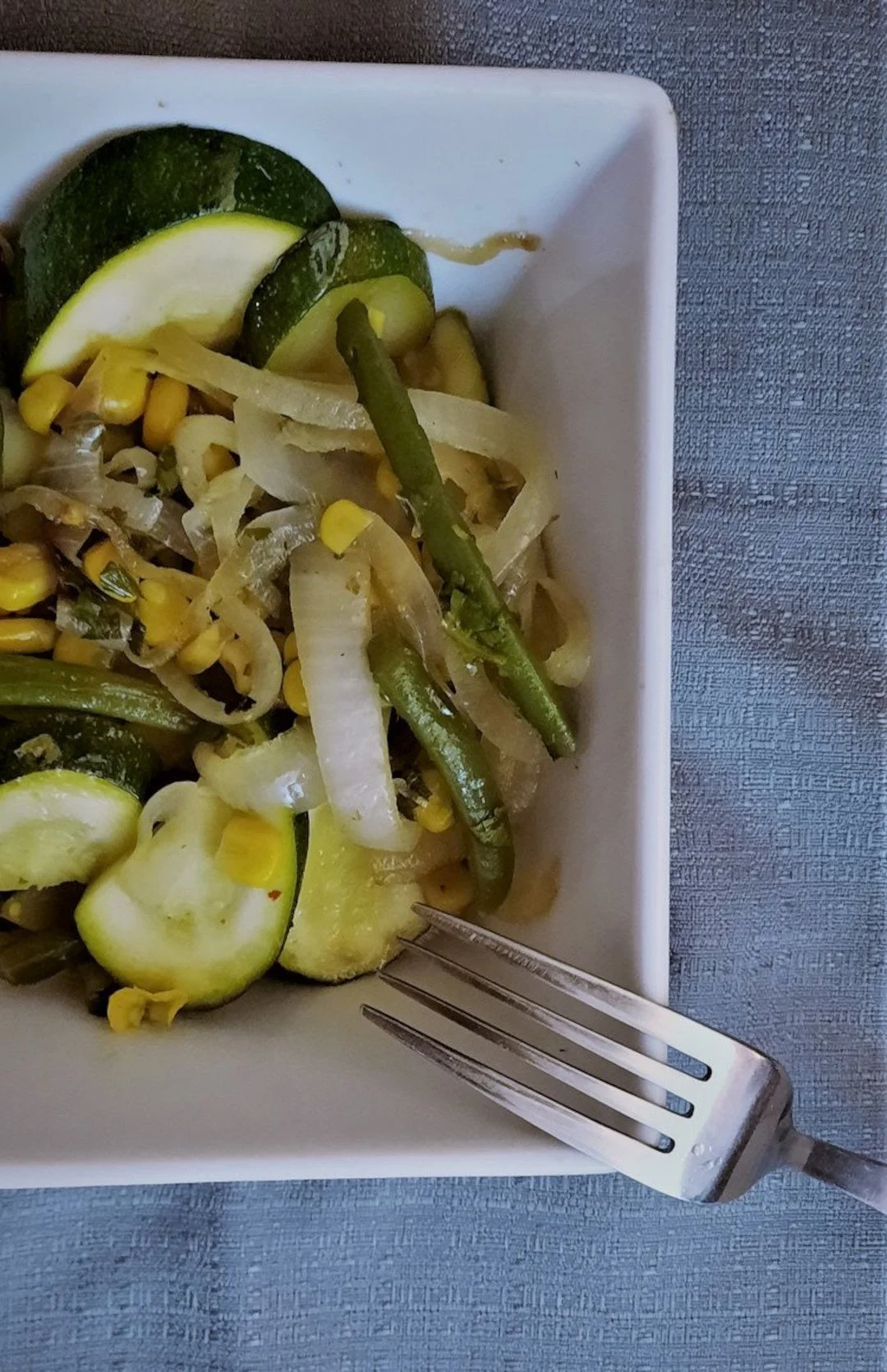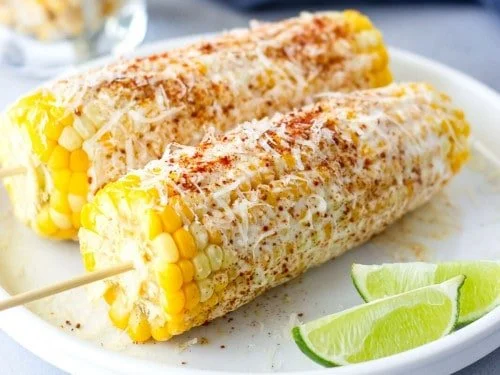Eight of Mexico’s Healthiest Foods You Can Eat Today
Popped amaranth
Most recently updated October, 2023
Planning your diet in Mexico
When you first come to Mexico, you will find it hard to keep your diet straight as a healthy eater. Most people, as least as it appears to me, come to Mexico and let go. They let go of consumerism, anxiety, and watching the news. They also let go of vegetables and whole grains.
It’s understandable. The Lazy Expat: Healthy Recipes That Translate in Mexico is based on my own experiences trying to cook healthy in a different culture. I know how difficult it is to cook healthy in unfamiliar, ill-equipped kitchens, shop in a foreign language and know what’s available in grocery stores. Standing in a rental kitchen with a recipe in hand that’s in Spanish, travelers and new expats alike often find themselves throwing their hands up, eating what tastes good and trying not to ask too many questions.
What folly. A week or so of such eating won’t kill you. But more than that and you’ll find yourself queasy and irregular, especially if your system is accustomed to the good stuff, the healthy food that keeps you light on your feet. What you eat can severely affect what kind of day you have no matter where you are in the world.
A lot of ingredients you work with at home won’t be available or only available sporadically in Mexico. It’s a good idea to familiarize yourself with what healthy staples you can count on finding in a regular market there if planning a trip or longer stay. You should have on hand a few healthy recipes that you can prepare easily, such as the ones included in The Lazy Expat, for that inevitable day when your system can’t handle another enchilada (believe it not, you will have those days.)
My favorite place to start is soups. You can make a mineral rich broth from a chicken carcass, throw in a few handfuls of imperfect vegetables into the strained broth, cook it for 30 minutes and done. Another good canvas are pastas with all sorts of vegetables.
Ingrid Acosta Calleros, a friend and licensed nutritionist at Clínica Oceánica, a luxury rehab and treatment center in Mazatlán, recommends the following foods, ones that can be found in any part of Mexico, as a place to start when trying to incorporate more healthy ingredients into your diet as a traveler or new resident who hasn’t yet mastered cooking in a foreign environment. “These foods offer a wide variety of color and flavors to your plate,” she says. “Each has distinct nutritive properties.”
#1 Nopales (cactus palms)
In Mexico, markets will sell bags of fresh nopales cut and cooked (nopales cocidos). Nopal palms are frequently grilled with a dash of coarse salt and olive oil. Usually they can be found with the spines already scraped off.
Cut, cooked nopales belong in scrambled eggs, stews, even smoothies. Nopales are a good source of iron, calcium, protein, vitamins and potassium. They have a great deal of soluble fiber, assist metabolism of fat, and reduce cholesterol and triglycerides. They are especially good for the heart, aid digestion and help reduce blood sugar.
Most Americans are not familiar with nopales. Try nopales before your trip by buying them in the bottled form, like olives or jalapeños. The are located in the Mexican or Latin aisle of your grocery store. I suggest the recipe at the end of this blog as an introduction. This basic nopal salad is delicious as a side dish for a grilled steak or folded into scrambled eggs. I highly recommend ordering eggs and nopales for breakfast in Mexico, as it’s way lighter and easier to digest.
#2 Avocados (aguacates)
A favorite of all of Mexico for its versatility, avocados are eaten over bread, in tacos, soups, stews and of course form the main ingredient in guacamole. Avocados are rich in magnesium and potassium, elements that help the nervous and immune system function well. They contain A,C, D, K and B vitamins and oleic acid, which helps control cholesterol levels.
Avocados are good for the heart. The easiest way to consume avocado is mashed with a little lime juice and red pepper flakes and served over toast or in a guacamole, perhaps adding a fried egg over your toast for to add more protein. Try simply sautéing a chicken breast in a skillet and slicing it over guacamole (avocado, onion, tomato and cilantro).
#3 Beans (frijoles)
Beans are a principal food in Mexico and, as in the US, have a variety of colors and shapes. One hundred and fifty types of beans exist in the world. For anyone reducing their consumption of meat, beans provide critical high quality protein and iron with a minimum of fat and cholesterol, especially if served with tortillas.
Canned beans available both in Mexico and the US are black, pinto and garbanzo beans. Alubia, flor de mayo (a pink bean), moreno (similar to our red beans), and heirloom beans canario and ayocote beans are only sold dried and need to be cooked if you are up to experimenting.
Beans are focal in many Mexican dishes (molletes, enfrijoladas, moletes, gorditas, even some tamales). When experiencing a day in Mexico when this fare doesn’t appeal to you, you can fold beans broth soups and American style chili dishes, all of which are easy to make over nothing more than a stove top.
#4 Amaranth (amaranto)
Folks in the US are recognizing the magic of amaranth as they did avocados several years ago. The trendy grain originated in Mexico and unlike other cereal grains has a high level of protein. Globally, amaranth is considered one of the healthiest foods in the world, rich in iron, folic acid and vitamin C. It’s known to protect the heart, boost the immune system and help digestion.
Amaranth is delightfully available all over Mexico in candies, bars of “popped” amaranth and honey. To practice using it at home, I suggest trying it more specifically in amaranth patties, fish sticks, burritos, coconut amaranth pudding the polenta. Try adding a few tablespoons to your fruit smoothies too.
#5. Tomatoes (tomates)
The good news is that we already love tomatoes, which are a fundamental part of Mexican cuisine used in salsas, soups, soups and ceviches.
Considered as vegetables by nutritionists, tomatoes are best known for their high level of lycopene, cited for its role in preventing cancer and heart disease. They are high in vitamins C, K, and minerals potassium and folate. According to Herbolaria Mexicana, an encyclopedia of traditional Mexican medicine, tomatoes help heal sunburn.
When in Mexico, fresh “non-Mexican” ways incorporate more tomatoes into your diet would be preparing the classical Italian dish of sliced tomatoes, mozzarella (easy to find in Mexico) and fresh basil leaves with a drizzle of olive oil or roasting tomatoes in the oven and chopping them into cooked pasta. Bottled spaghetti and pasta sauces are widely available in Mexico as well. Tomatoes are one of the few vegetables you can find in convenience stores.
#6 Zucchini (calabaza)
Mexicans adore zucchini. Together with corn and beans, Mexicans refer to zucchini as one of the three sisters of Mesoamerica. You will find it everywhere in Mexican cooking. Look for it listed as an ingredient in stews and salads on restaurant menus if looking for healthier options.
Zucchini is a rich source of fiber, calcium, magnesium, potassium, Omega 3 and 6, and helps control heart disease as well as prevent cancer, stomach issues, and maintain healthy gums.
As a visitor in Mexico, it’s easy to sauté sliced zucchini in a bit of olive oil and garlic and add it to sauces, pastas or sliced chicken for a nutritive boost.
#7 Corn (elotes)
The versatility of corn makes it an iconic feature of Mexican gastronomy and it’s used in every imaginable way. A corn tortilla carries roughly the equivalent fiber as a slice of whole wheat bread. Corn is rich in vitamins A, B and E, and minerals such as magnesium, phosphorus, potassium, and zinc (Warning: it is also high in sugar. Canned corn is high in salt. Try to buy it fresh and husk it.)
Freshly made tortillas in Mexico are found in beer coolers of major grocery stores, often still warm, and taste nothing like tortillas in America.
Tortillas vary in color according to the region in Mexico and corn used. In Mazatlán, where I live, they are light tan, not yellow. Heat tortillas in a dry skillet (then roll it up and pop it in your mouth standing by the oven’s comal because you likely won’t make it to a table.)
Other familiar “super health” foods that you’ll find in even the most modest of outdoor markets are apples, tomatillos, peanuts, broccoli, bell peppers and onions (the latter two are easy to sauté as a topping for toasted sandwiches), and sweet potatoes (batatas).
#8 Ezpazote *
Although not widely available in the US, epazote, typical in many Mexican dishes, is worth noting for its nutritive properties. Epazote can be found in Latin grocery stores in the US or grown in a home herb garden.
It’s rich in vitamins A, B6, C and minerals such as calcium, potassium and zinc. Mexicans commonly prepare teas with the herb for intestinal problems, gum and tooth aches and anemia.
Recipe for Nopal Salad {From The Lazy Expat: Healthy Recipes That Translate in Mexico]
Ingredients:
1 cup nopales cocidos (cooked nopales)
2 tablespoons cilantro, chopped
1 tablespoon onion, chopped
1 tablespoon tomato, chopped
½ teaspoon jalapeño, chopped (optional)
Combine ingredients and serve with grill steak.
* If you want to try the herb, of this list of recipes that include epazote from Master Chef Rick Bayless, the healthiest of them that are most accessible in terms of availability of ingredients in Mexico would be the Pork with Tomatillos and Potatoes and the Sopa Azteca.
Related links:
Decrease your grocery bill by half in Mexico. [blog] - Ventanas Mexico
Cooking in Mexico as a part-timer. There’s good news and bad news. [blog'}
Most recent:
What kind of chance you may be taking when you accept that demoralizing little job you are offered. [blog]
About the author:
Kerry Baker is the author of several books. If Only I Had a Place is your guide to how to rent in Mexico. The Mexican Solution: Saving your money, sanity, and quality of life through part-time life in Mexico is the most entertaining guide to how to set up life in Mexico that you’ll ever read. The Lazy Expat: Healthy Recipes That Translate in Mexico is a cookbook for travelers, snowbirds and expats. You cannot maintain a healthy diet in Mexico without cooking. This cookbook will show you how.
\ list






